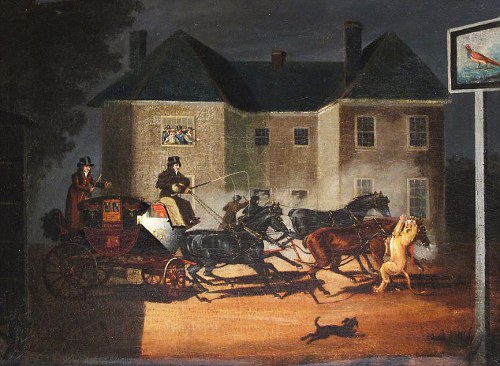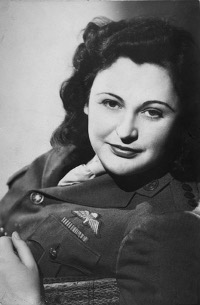
The Exeter mail coach was making its way past Salisbury on the night of Oct. 20, 1816, when it met with a rare adventure. From the Edinburgh Annual Register:
At the moment when the coachman pulled up to deliver his bags, one of the leaders was suddenly seized by a ferocious animal. This produced great confusion and alarm; two passengers who were inside the mail got out, ran into the house, and locked themselves up in a room above stairs; the horses kicked and plunged violently, and it was with difficulty the coachman could prevent the carriage from being overturned. It was soon perceived by the coachman and guard, by the light of the lamps, that the animal which had seized the horse was a huge lioness. A large mastiff dog came up, and attacked her fiercely, on which she quitted the horse, and turned upon him. The dog fled, but was pursued and killed by the lioness within about 40 yards of the place.
The creature had escaped from a caravan on its way to Salisbury fair. She was hunted into a hovel under a granary, where “her howlings were heard to the distance of half a mile,” and the caravan’s owner eventually appeared and led her back to her cage. “The horse, when first attacked, fought with great spirit, and if at liberty, would probably have beaten down his antagonist with his fore feet, but in plunging he embarrassed himself in the harness. … The ferocious animal missed the throat, and the jugular vein, but the horse is so dreadfully torn he is not expected to survive.”







